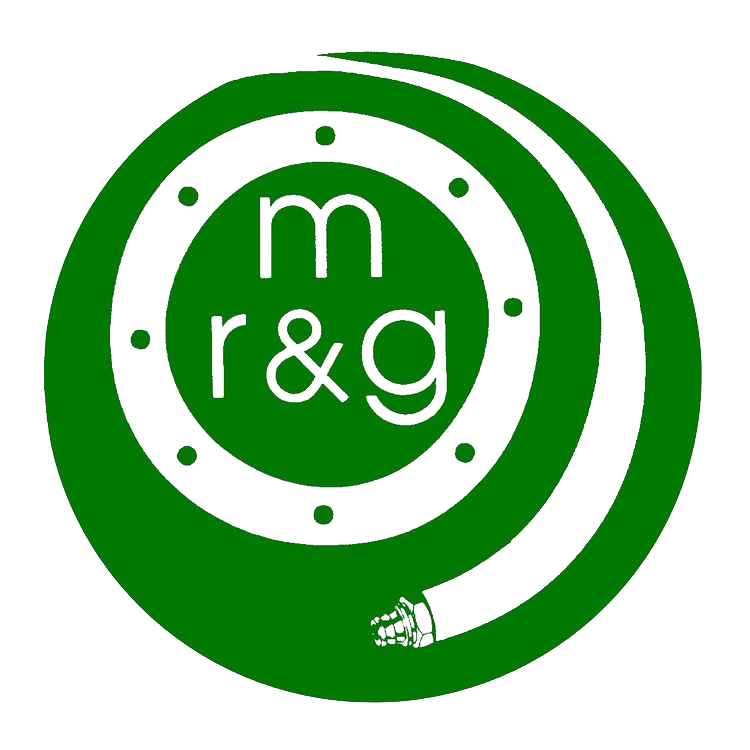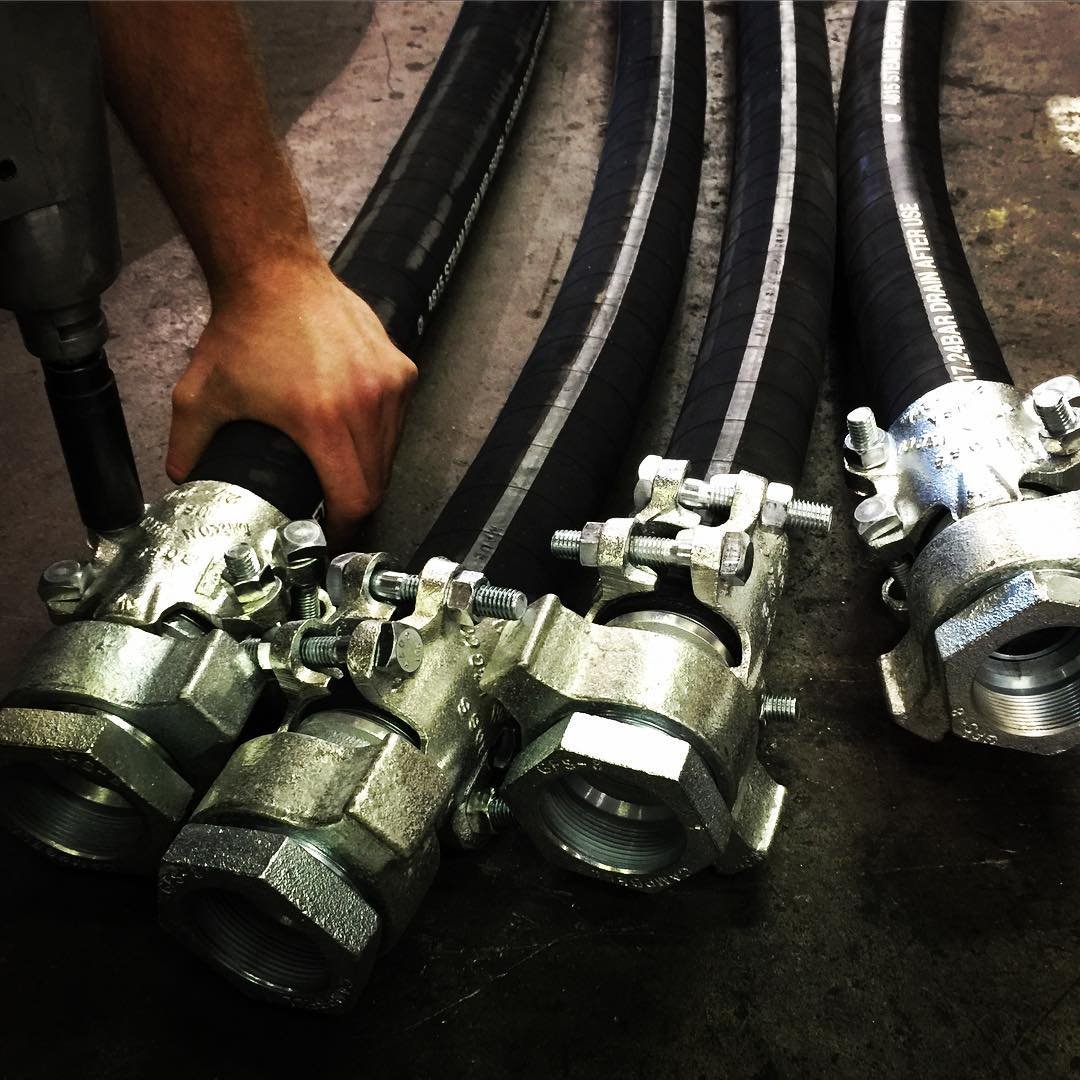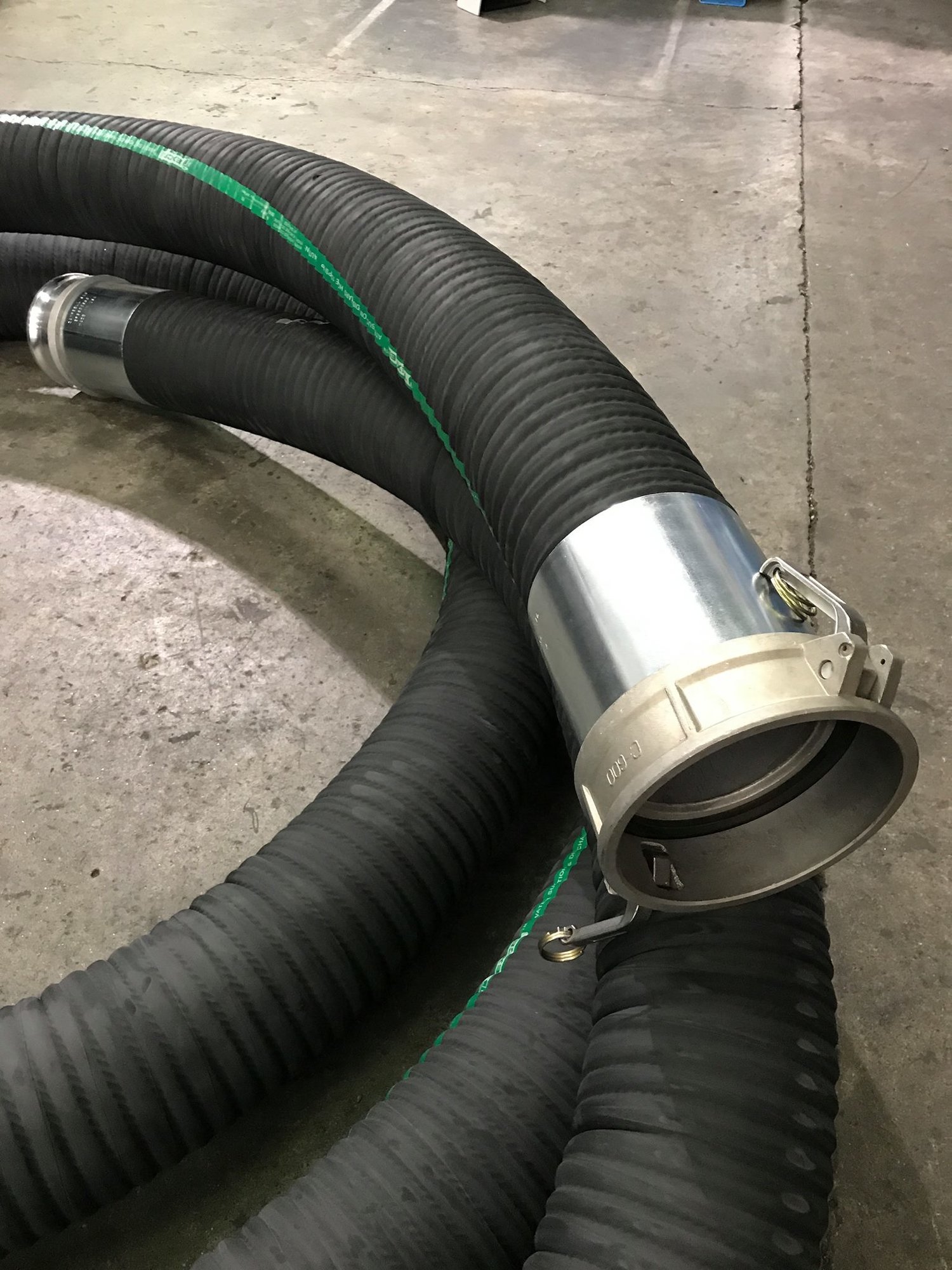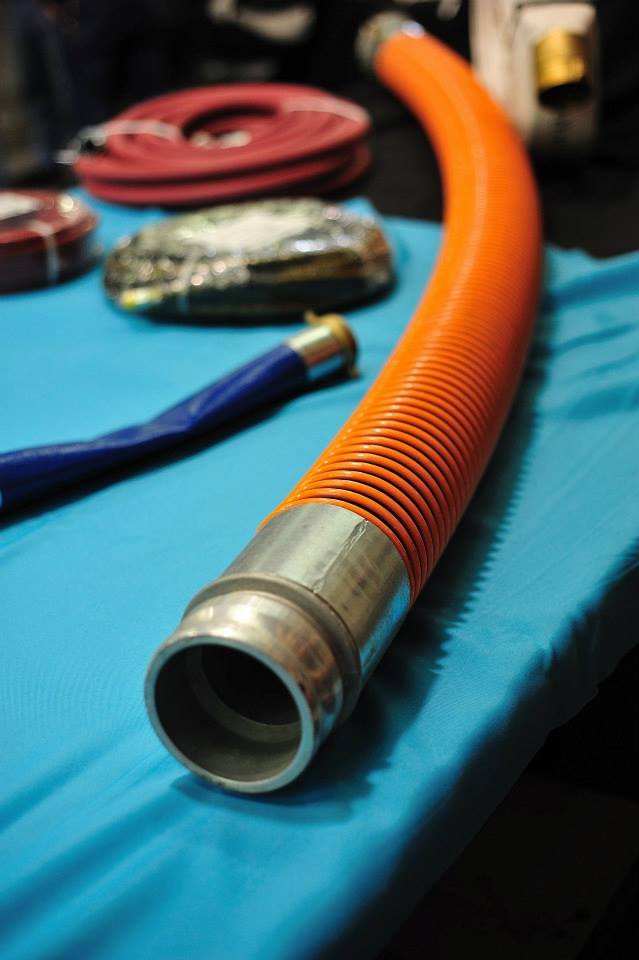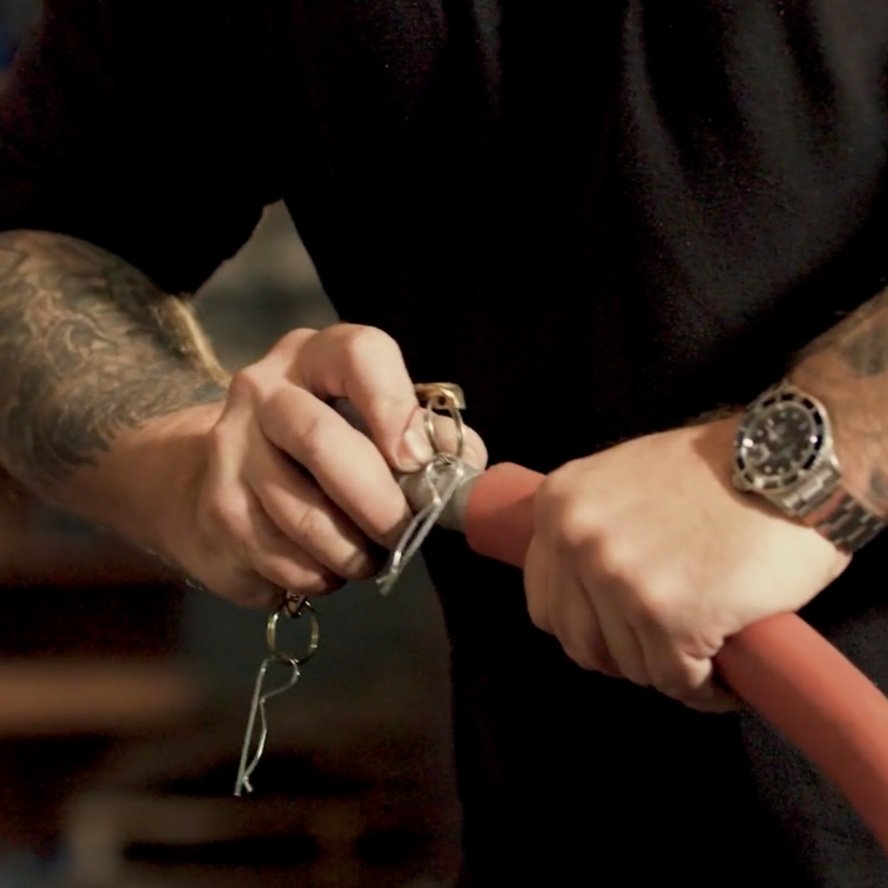HOSE ASSEMBLY & TESTING
Custom Hose Assemblies & Valuable Hose Services
Custom industrial and hydraulic hose assembly services play a crucial role in various industries, including manufacturing, construction, agriculture, and more. These services offer tailored solutions to meet specific operational needs, ensuring the safe and efficient transfer of liquids or gases. Alongside hose assembly, hydrostatic testing and other related services further enhance the quality, reliability, and safety of the hoses.
Custom industrial and hydraulic hose assembly services, along with hydrostatic testing and related services, contribute to the reliability and safety of fluid transfer systems across various industries. These services are essential for preventing leaks, system failures, and costly downtime, ultimately ensuring that industrial operations run smoothly and efficiently.
Custom Hose Assembly
Custom hose assembly involves the creation of hoses that are precisely designed to fit a particular application.
Hose assembly capabilities for industrial and hydraulic hoses are essential services provided by manufacturers and suppliers to meet the specific needs of various industries. These services involve the customization and assembly of hoses and fittings to ensure they are fit for purpose, safe, and efficient. Here's an overview of hose assembly capabilities for industrial and hydraulic hoses.
We offer multiple hose fitting retention technologies:
Crimping
Banding
Heavy Clamping
Spiral Clamping
Swaging
Some of the most common hose types we assemble:
Air Hose
Jackhammer Hose
Air Tool Hose
Garden Hose
Bull Hose
Wash Down Hose
Water Suction & Discharge Hose
Tank Truck Hose
Chemical Hose
Sewage Hose
Hydraulic Hoses
AC (Air Condition) Lines
Power Steering Lines
Radiator Hose
Jetting Hose
Sanitary Hose
LP Gas Hose
Jumper Hoses
Aircraft Hose
Fuel Drop Hose
Fire & Mill Hose
Sand Blast Hose
Steam Hose
Stainless Steel Hose
Material Suction & Discharge Hose
Hot Tar & Asphalt Hose
Fuel Oil Hose
Pressure Washer Hose
Potable Water Hose
Brewery / Winery Hose
Customization
Material Selection: The choice of hose material depends on factors like the type of fluid or gas being conveyed, temperature, pressure, and environmental conditions. Hose assembly services offer a wide range of materials, including rubber, plastic, metal, and composite options to match specific requirements.
Hose Size and Length: Hose assemblies can be customized to the required size and length, ensuring a precise fit within the system. This customization minimizes waste and optimizes the efficiency of the fluid transfer process.
Fittings and Connectors: Hose assemblies are equipped with fittings and connectors tailored to the application. These fittings may include couplings, adapters, quick disconnects, and more. Selecting the right fittings ensures a secure and leak-free connection.
Industrial Hose Assembly
Application-Specific Hoses: Industrial hose assemblies are tailored to specific applications, such as conveying water, chemicals, petroleum products, or bulk materials. Different hoses are designed to handle various fluids and materials safely and efficiently.
Temperature and Flexibility: Industrial hoses must withstand a wide range of temperatures and remain flexible. Hose assembly services offer hoses with suitable materials and reinforcement to handle these conditions.
Electrostatic Discharge (ESD) Protection: Some industrial settings require hoses with anti-static properties to prevent the buildup of static electricity, which can be hazardous in explosive environments.
Hydraulic Hose Assembly
High-Pressure Applications: Hydraulic systems often require hoses that can handle high pressures. Hose assembly services can provide hydraulic hoses with reinforced layers designed to withstand extreme pressure conditions.
Braiding and Reinforcement: Depending on the application, hydraulic hoses can be constructed with wire braids or spiral-wound reinforcement to enhance strength and flexibility.
Abrasion and Environmental Resistance: Some hydraulic systems operate in harsh environments. Hose assemblies can be customized with abrasion-resistant covers or special coatings to protect against external factors like abrasion, chemicals, or UV radiation.
Hydrostatic Testing
Hydrostatic hose testing is a crucial quality control and safety procedure used to assess the integrity and performance of hoses that are employed in various industrial applications. This testing method involves pressurizing a hose assembly with a liquid, typically water or another suitable fluid, to a specified level of pressure that exceeds the working pressure of the hose. Hydrostatic hose testing helps identify potential weaknesses, leaks, or defects in the hose, ensuring that it can safely and reliably perform its intended function.
Here are key aspects of hydrostatic hose testing:
Quality Assurance: One of the primary purposes of hydrostatic hose testing is to verify the quality and reliability of hoses used in critical applications. This testing method helps ensure that hoses are free from manufacturing defects, such as weak spots, cracks, or imperfections, that could lead to catastrophic failures in the field.
Compliance with Standards: Many industries and regulatory bodies mandate the use of hydrostatic testing to comply with safety and quality standards. For instance, organizations like the Occupational Safety and Health Administration (OSHA) in the United States and various industry-specific standards organizations have guidelines that require hoses to undergo periodic testing to meet safety and performance requirements.
Identifying Leaks and Weaknesses: During hydrostatic testing, the hose assembly is pressurized with the testing fluid, and technicians carefully inspect it for signs of leakage, bulging, or other anomalies. If a hose fails this test by showing signs of leakage or bursting, it is deemed unfit for use and must be replaced.
Test Parameters: The pressure to which a hose assembly is subjected during hydrostatic testing exceeds its rated working pressure. The specific pressure level and duration of the test are determined based on industry standards and the hose's intended use. The testing pressure should be maintained for a set period to evaluate the hose's ability to withstand prolonged pressure conditions.
Test Reporting: Test results are documented in a test report, which includes essential information such as the pressure applied, duration of the test, and any observations of leakage or damage. This report serves as a critical record for compliance, quality control, and reference for future maintenance or inspections.
Safety Precautions: Hydrostatic testing involves pressurizing hoses, which can be dangerous if not done correctly. It is crucial to follow established safety protocols, including using appropriate safety equipment, conducting testing in controlled environments, and ensuring that personnel involved in the testing are well-trained in safety procedures.
Periodic Testing: Hose assemblies should undergo regular periodic testing to assess their ongoing reliability. The frequency of testing may vary depending on the industry, the type of hose, and the operating conditions. This can range from annual testing to more frequent testing for critical applications.
